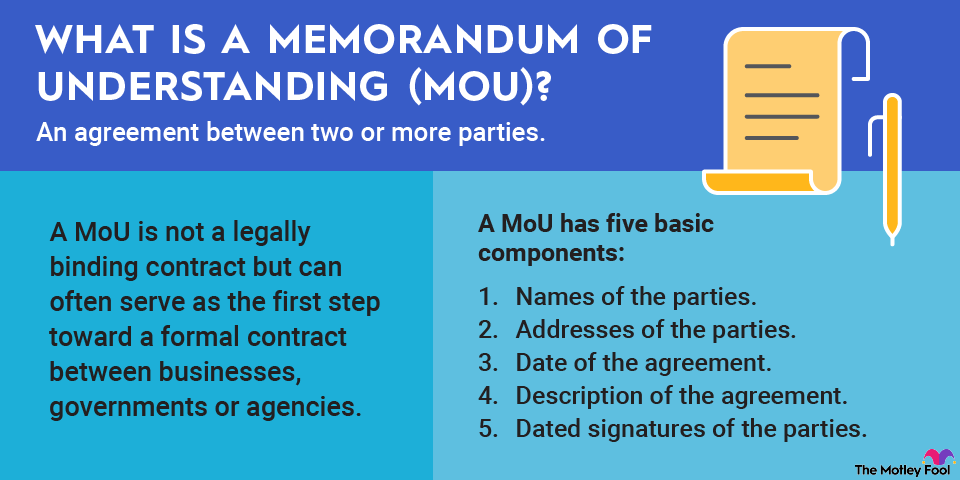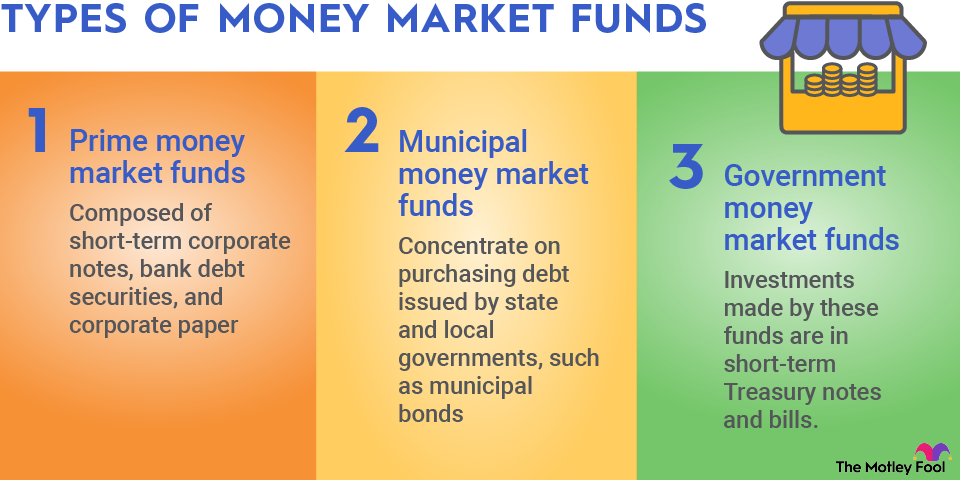Investors are always looking for new and better ways to evaluate potential stock purchases, as well as existing holdings. The Mosaic Theory is a technique that grabs loads of information from a variety of sources to help determine the health of a company and the value of its stock.

What is the Mosaic Theory for investors?
The Mosaic Theory is an analytical method used to gather information about a publicly traded corporation to evaluate its current and future value. It relies on a mix of public, non-public, material, and non-material information to help analysts come to a conclusion about the company at that moment in time.
This type of financial research came into favor in the 1960s and 1970s, at a time when people like Warren Buffett and Peter Lynch were starting to think about companies differently. They didn't just strictly look at financials but also included information about the wider environment in which a company operated.
Types of information used with the Mosaic Theory
As stated above, the Mosaic Theory takes advantage of a wide range of information to create a picture of a company in its business environment. This information is both from public and private sources, and though all private information must be non-material, public information can and should be both material and non-material, meaning that it can be information that exerts an effect on the price (material information) or not.
Places where you might find information to build your own Mosaic Theory of a business would include SEC filings such as 10-Ks and 10-Qs, as well as social networks like LinkedIn and Glassdoor. Some people are also able to glean information from the company's management and employees, as well as the work of other analysts and industry experts.
Almost any information can be pieced together to create your personal Mosaic Theory for your favorite company, but try to focus on the information that is the most relevant to the industry and performance of the stock. For example, learning that a competitor is about to release a superior version of a product your company already makes would be very helpful information to consider; discovering that the company is about to release its most popular product in blue might be less useful.
How to apply the Mosaic Theory
Although the mosaic of information you build can be any information at all, there are certain techniques that have been developed to help apply the Mosaic Theory in an optimal way. These steps look like this:
- Evaluate your company's performance. This is when you look at how your company is doing overall. If there's a lot of struggle there, there's no point in continuing your analysis. But if the company is doing well, with an acceptable debt load, it's good to keep digging to see how it may perform in the broader market.
- Consider the industry and market. Looking at industry and market trends can help you better understand the competitive and regulatory landscape of your company. This might include information about how much debt competitors hold or learning about regulations that are coming up that may make the work of your company much more difficult. It could also include industry trends, such as a forecasted drop in demand due to outside economic pressures.
- Look at the company's management. How a company is managed is just as important as how it performs since one tends to seriously affect the other. If employees are happy and turnover tends to be low, it's a great sign that management is doing well. However, things to look for include management's vision for the future, who (if anyone) is designated as the next-in-line to take over from a well-known CEO, and how their visions may be different from their predecessor.
Related investing topics
Mosaic Theory and insider trading
Because non-public information is sometimes used along with Mosaic Theory, there have been situations where applying this theory has either led to or come dangerously close to insider trading. The only private information that's considered ethically OK to use with Mosaic Theory is non-material information; if any material information is located or considered, it changes the entire picture.
When using Mosaic Theory, especially for professional analysts, every effort should be made to completely and transparently disclose where information originated, how it is used, and why that information was chosen. This can help to avoid accusations of insider trading, though Mosaic Theory itself is not a defense against such accusations. People can and do cross the line using this technique and are still responsible for their actions.


















